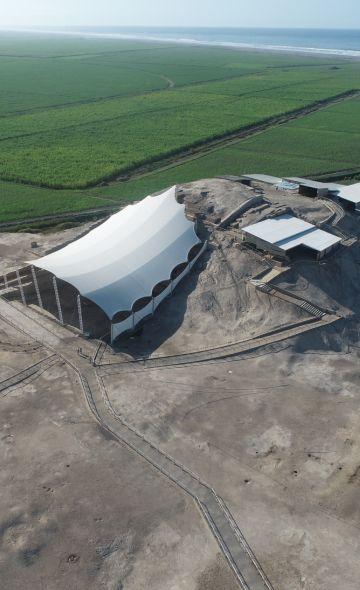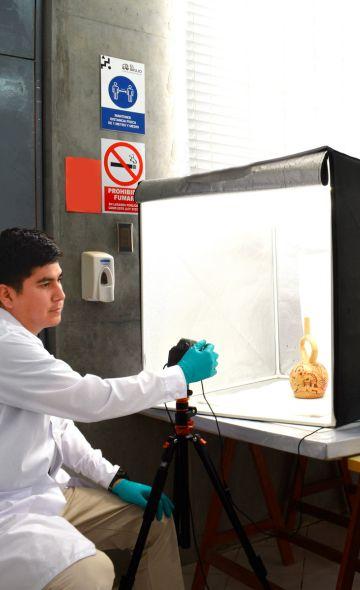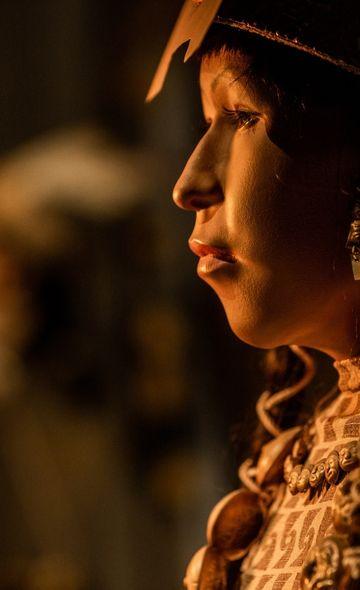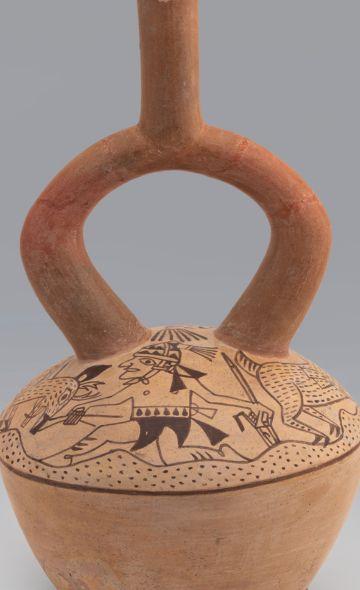- Visitors
- Researchers
- Students
- Community
- Information for the tourist
- Hours and fees
- How to get?
- Visitor Regulations
- Virtual tours
- Classic route
- Mystical route
- Specialized route
- Site museum
- Know the town
- Cultural Spaces
- Cao Museum
- Huaca Cao Viejo
- Huaca Prieta
- Huaca Cortada
- Ceremonial Well
- Walls
- Play at home
- Puzzle
- Trivia
- Memorize
- Crosswords
- Alphabet soup
- Crafts
- Pac-Man Moche
- Workshops and Inventory
- Micro-workshops
- Collections inventory
- News
- Researchers
- New study in the prestigious journal Quaternary International proposes a refined chronology for the Moche culture
News
CategoriesSelect the category you want to see:
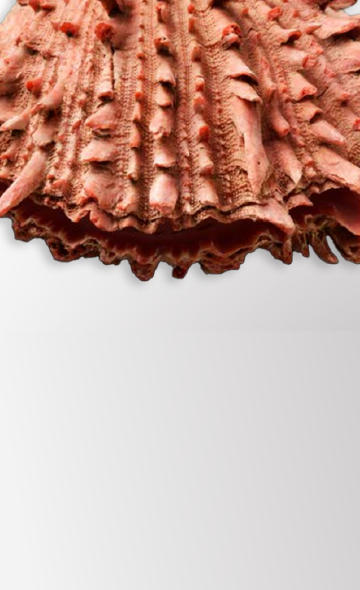
The Use of Spondylus Shells in Moche Ceremonial Contexts: Why Were They Symbols of Status and Wealth? ...
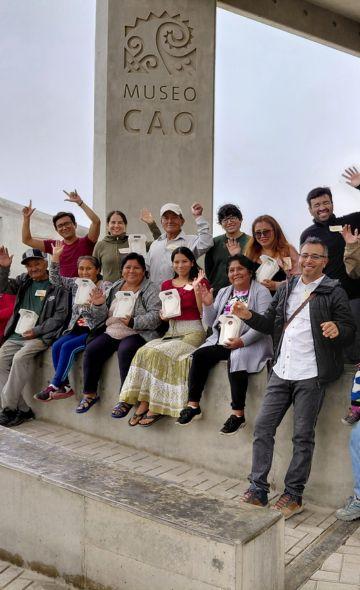
El Brujo Celebrated International Museum Day with Its Community: A Day of Encounter and Cultural Co-Creation ...
To receive new news.
Por: Complejo arqueológico El Brujo
We are pleased to announce the publication of a significant article in the scientific journal Quaternary International, led by M. Koons, which presents a Bayesian analysis of radiocarbon dates derived from reliable Moche cultural contexts along Peru’s northern coast. This study aims to better understand the duration of the Moche period and to compile all known dates in a single reference for future analysis and research.
The article demonstrates that, while the traditional Moche ceramic sequence remains a valuable tool, it is not sufficient to fully trace social interactions over time. Furthermore, the results suggest that the Moche culture had a shorter duration than previously argued, placing its beginnings between the late 4th and early 6th centuries A.D, and its end in the 9th century AD.
Contribution of the Wiese Foundation
This study included part of the results of an important radiocarbon dating initiative at Huaca Cao Viejo, within the El Brujo Archaeological Complex, carried out between 2020 and 2023, led by Augusto Bazán with the support of the Wiese Foundation. The new dates obtained have confirmed that Huaca Cao Viejo was built through very short construction phases, over a much shorter period of time than originally thought.
The analyzed samples come mainly from two sectors: the Upper Platform of Huaca Cao Viejo, where buildings with Moche ceramics from different phases were identified, and the Eastern Annex, where excavations revealed a low-status Moche settlement occupied prior to the construction of the Huaca. The results reinforce the idea that Moche ceramic styles overlap and coexist through time, rather than serving as rigid chronological markers.
In addition, the models used in the study incorporate dates obtained by Jeffrey Quilter from materials recovered during investigations led by Régulo Franco, which had been previously published, originating from Huaca Cao Viejo and the Ceremonial Pit to the north of the same building.
This article represents a significant advancement in the understanding of Moche chronology and highlights the Wiese Foundation’s commitment to the research and preservation of Peru’s archaeological heritage.
More Information
To access the full article, you may visit the publication in Quaternary International by clicking here.
Researchers , outstanding news


